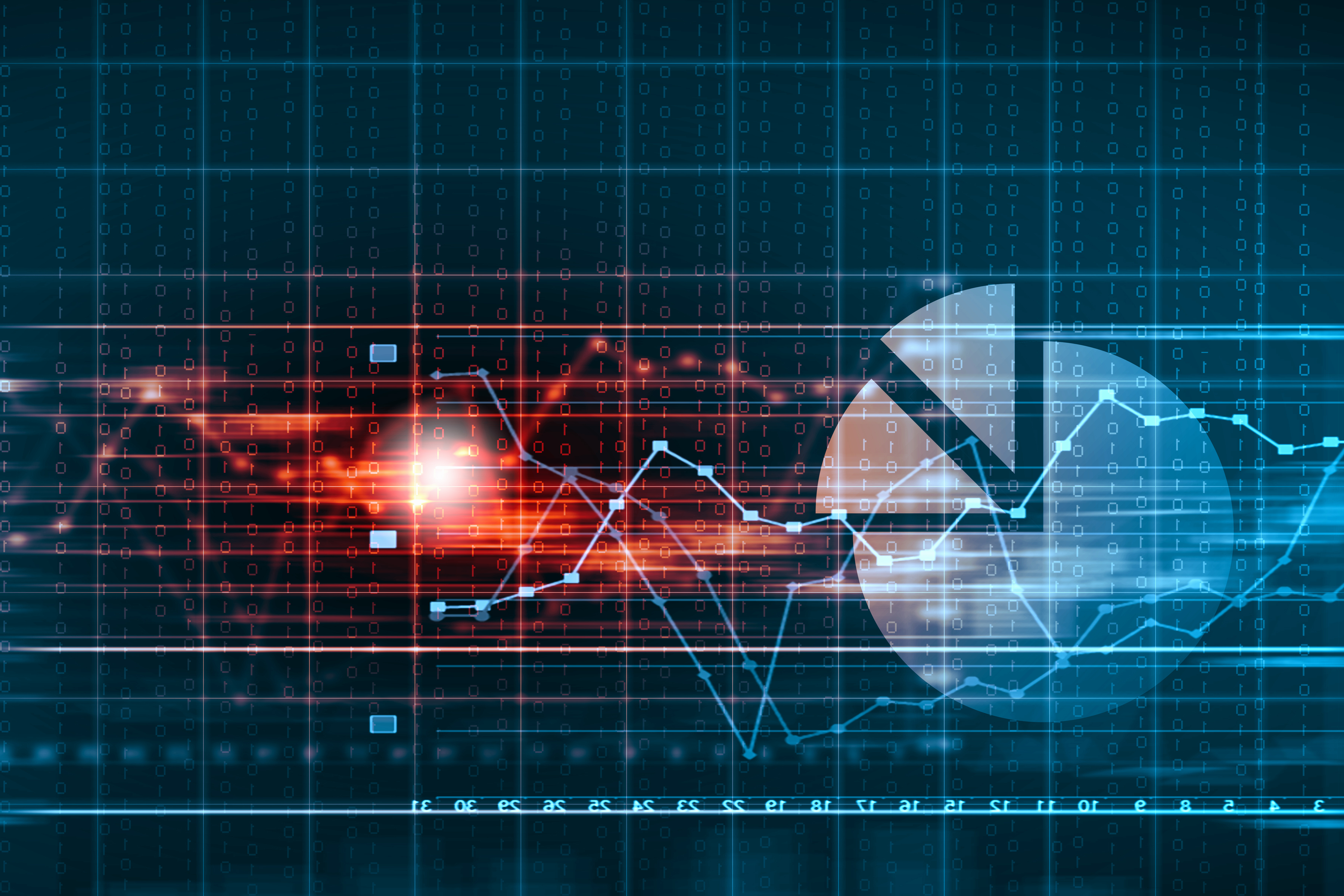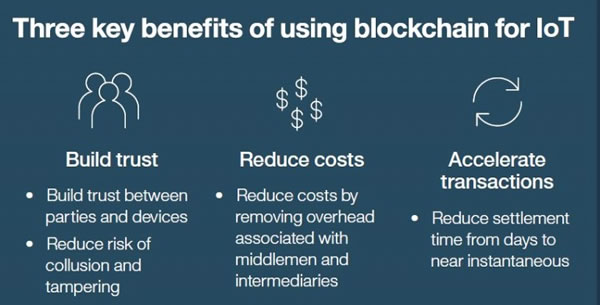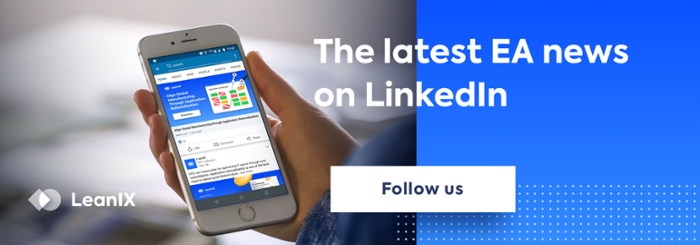
It has been widely predicted that Internet of Things (IoT) technologies will be the next wave of consumer interest. In a few years, almost every device in our homes, offices, and cars will have connectivity integrated into them. American research firm Gartner reports that there will be more than 20 billion connected things by year 2020. As the world focuses on the benefits of pairing inanimate objects with a live gateway to the internet, enterprises have to pay attention to the likely security risk that IoT devices will bring.
If security is not properly addressed in the early stages of implementing IoT, hackers can target weak points and exploit the data of a company’s entire infrastructure. With devices being connected to the internet en masse, servers will become overloaded and single points of failure will become more apparent.
How can blockchain technology help strengthen the inevitable marriage between IoT and cyberspace?
What is blockchain?
A blockchain is a decentralized and distributed digital ledger that is used to record transactions across many computers so that the record cannot be altered retroactively without the alteration of all subsequent blocks and the collusion of the network.
Transactions are added as blocks in a linear, chronological order by a “node” or computer connected to the blockchain network.
This transparent overview of all transactions makes for a complete and accurate recording of data from the very first block to the current. Blockchain was developed and released separately from any other cryptocurrency, to focus on all other types of interorganizational cooperation.
IoT must become decentralized.
Most of today’s IoT ecosystems are built around a centralized communcication model. Consider IFTT, an innovative automation tool, solving the simple predicate of ‘if this, then that’ by pulling in trigger events and emitting actions, fully governed in and from the cloud.
IFTT sample recipes:
- Receive an emergency call if your Nest Protect detects smoke
- Blink your lights when you’re tagged in a photo or receive a message
- Unlock your front door when you get home
- If an email is starred in Gmail create a task in Todoist

Although these recipes are extremely helpful and work together to make life easier, this particular communication model will not be able to hold the budding immense IoT ecosystem. Single points of failure will be identified and exploited, and entire systems could fail under Dos attacks.
A decentralized approached will strengthen IoT endavors. In a decentralized approach to IoT, each device represents an autonomous system. All communication and information exchange between devices should also be based upon an autonomous system.

Image source: IBM
Benefits of powering IoT devices with blockchain technology:
IDC predicts that by 2019, 20% of all IoT deployments will have basic level of blockchain services enabled. Blockchain will not become the silver bullet for all impending IoT security issues, but it can, however,
- Improving workflow and real-time visibility on the status of shipments
- Asset lifecycles
- Assess maintenance and repair history of a product, damage events and transfer of ownership
- Infrastructure management where blockchain can facilitate distributed FCAPS capabilities across multiple administrative domains, and ability to track records across a distributed network where multiple suppliers and vendors participate
- Guarantee the safety and reliability of the food supply chain by tracking where ingredients from store-bought food originated from, how far they traveled, how long they were stored before being processed.
In a broader context, blockchain has the ability to improve on many of the processes involving transactions and documenting history.
For IoT, Blockchain technology could provide a simple infrastructure for two or more devices to make secured and widely documented transactions between one another with an approved time-stamped contractual handshake. Once these features enable autonomous functionality between IoT devices, cybersecurity will be less intimidating.

![The Cost of Self-Made Enterprise Architecture [White Paper]: Find out what benefits an enterprise architecture management tool has vs excel, powerpoint and visio.. »](https://no-cache.hubspot.com/cta/default/2570476/4b56f35b-03d5-482c-94d2-9af5ed76ab6b.png)

/EN/Reports/Thumbnail-Obsolescence-Gartner.png?width=140&height=100&name=Thumbnail-Obsolescence-Gartner.png)
/EN/White-Paper/EN-IDC-Inforbrief-Application-Rationalization-Portfolio-Management-Thumbnail_v2.png?width=140&height=99&name=EN-IDC-Inforbrief-Application-Rationalization-Portfolio-Management-Thumbnail_v2.png)
